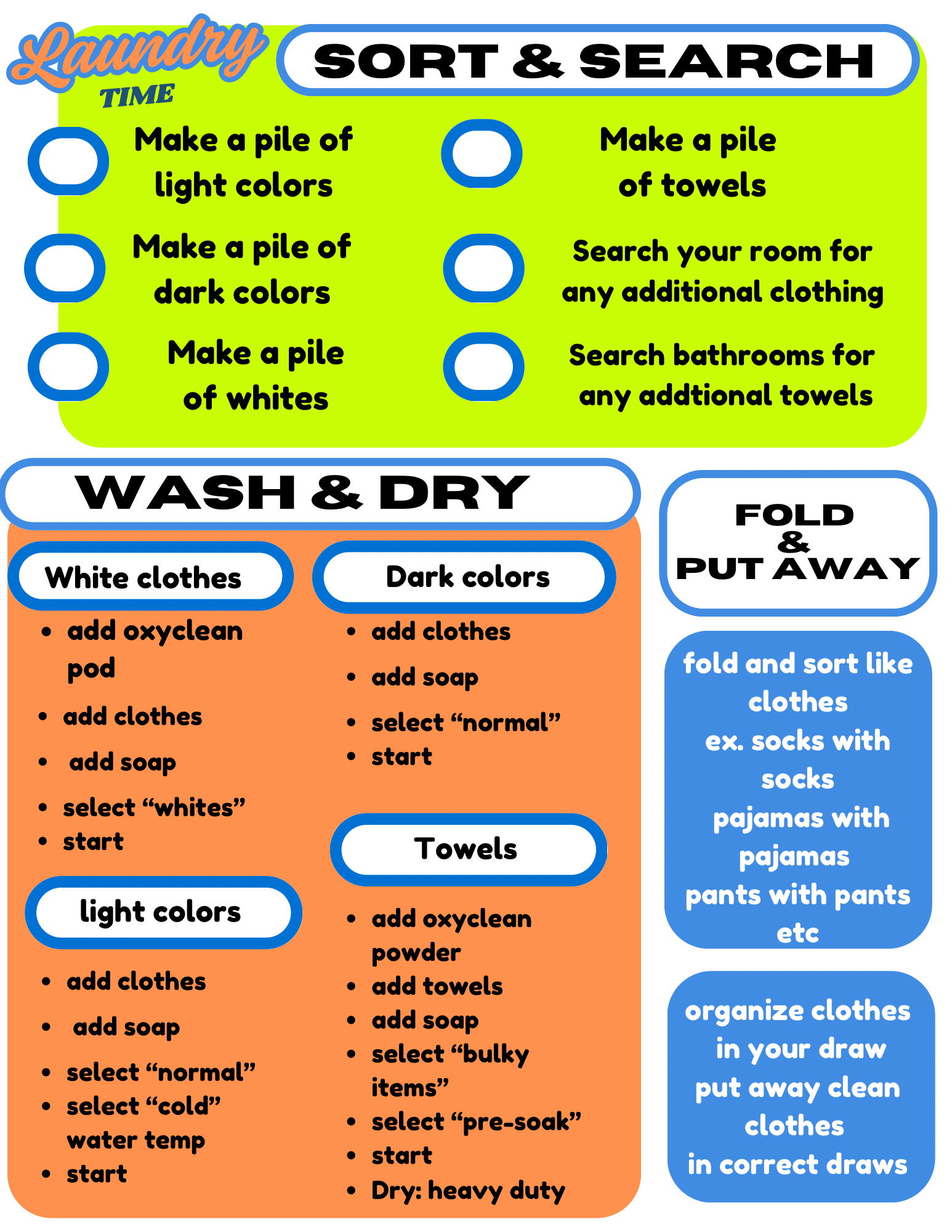Creating Rhythm for the Visual Learner
Parenting is a whole lot of self correcting and helping your children learn from your experiences. One of the reasons I homeschool is to give my children a more flexible educational experience. One that is less structured and more self directed. However, I am not not unschooling. Google AI defines unschooling as “a child-centered, self-directed educational approach where learning is informal, curriculum-free, and driven by the child's interests and experiences, rather than a structured, teacher-led curriculum.” Unschooling is growing in popularity and I honestly think it is a wonderful approach for many families and children. Yet, it is not the approach that works for us. As a person who has many open tasks on my brain at any given moment. As a person who is easily distracted and hyper fixates on new interests every few weeks. I can not completely “wing” home education.
I am somewhere in the middle in my homeschool approach. I do not follow any packaged curriculums. We do use our interest to guide our learning. We also have a daily set of learning expectations. These expectations aren’t mandatory. We prioritize hands-on learning experiences, social interactions, play, field trips, over these expectations. However, they are our way of getting grounded and maintaining our foundational reading, writing, and math skills. These expectations get us through those stay at home learning days. They get us through the “mom has a bunch of house work to complete” days. They get us through days where outside learning experiences get canceled due to weather or sickness.
Our daily expectations are as follows: reading, piano practice, Khan Academy math, Xtra Math, Night Zookeeper. This is what is done when we do not have any extra work planned. When we don't have things to work on for our homeschool groups. Something that I need to do is make visual reminders for my eldest. Since these expectations are flexible depending on what other learning opportunities we may have, I often have to remind him of them. If we had a busy week before filled with outdoor learning, come Monday morning he is sort of wandering around waiting to be told what to do. Like his mother, he thrives with structure and visual aids. After struggling to remember all the steps to completing his laundry and overwhelming me with far too many questions, he asked me to make him a chart. Despite my initial hesitation, the chart was a game changer.
Creating a chart for laundry felt like giving myself another task. I thought, “I am teaching you to do your laundry because it is an important life skill and it will lighten my load. Don’t you like clean clothes? That should be motivation enough to figure it out. Plus you have watched me do laundry a million times. I have explained it a thousand times. Now I have to get creative with a chart?” Turns out if I had just made the chart from the beginning, I could have saved myself a lot of frustration.
I keep this posted on a magnet board in our kitchen
I am very type A about how I like the clothes folded and draws organized. It has been extra tough watching him fold and store his own laundry. However, I know that is the only way he will learn and improve his laundry skills.
As the eldest daughter who was parentified, I find myself delaying giving my eldest domestic responsibilities. At the same time, as a spouse to a man, I know how important it is to raise a man that has basic life skills. I refuse to allow my sons to be incapable of cleaning a toilet for sorting laundry in their future relationships. Finding the balance hasn't been easy.
My son has often expressed his desire to be more helpful with domestic work before I have brought it up. So I jumped at the opportunities and took advantage of those interests. Now I am making charts for everything. I made a chart for how to clean his room and included pictures of what his floor, desk, and bed should look like.
Up next, a visual aid for his daily homeschool task. Eventually I want to include moments of connection to our homeschool task. I always intend to have a family game night or movie night. However, they are easily cancelled or rescheduled. I want to add it to our routine so that my children can hold me accountable. This will enable me to model how following a routine is valuable. It also shows that routines and rhythms aren't just for the boring stuff. It is also for ensuring we get to the fun stuff.
You can download a blank copy of this “To do list” HERE.
I have been using Canva to create these charts. I find premade designs then modify to my needs
It is actually a whole lot of fun. I like the idea of refreshing it every once in a while to recapture my sons attention.
In Modern Miss Mason, Leah Boden says “I would value connection over curriculum every time. Let’s build a life and rhythm that leaves room for conversation, disruption, and questions. We all love to finish the chapter, tick all the boxes, and wrap up the day- but did we listen to what our children had to say?” I want to be intentional, flexible, and curious. I like having a plan, but I'm open to taking detours. I want to show my children how I use my rhythm to my advantage and how I adapt when my rhythm is disrupted.



